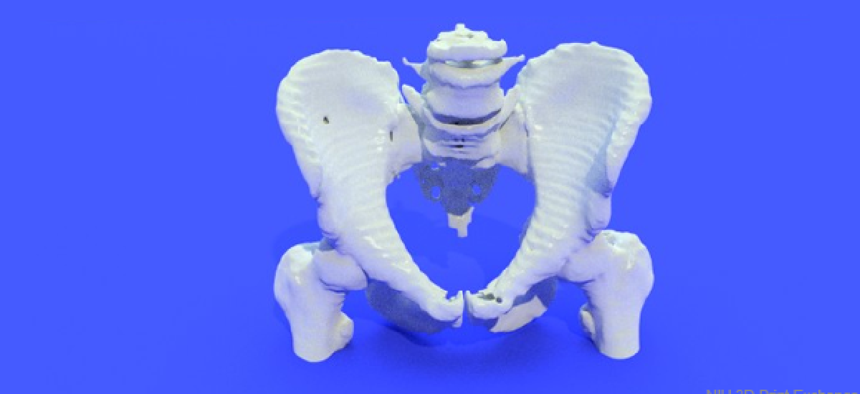How to verify a 3-D printed object

As additive manufacturing expands, researchers have developed ways to double check the authenticity of models that are printed by third parties.
As 3-D printing grows more popular for manufacturing medical devices, parts and equipment for the military, tools for astronauts and even structurally sound habitats for deep-space exploration, hacks or even inadvertent errors can put users of 3-D printed parts in danger. Last year, researchers showed that a drone could be sabotaged by hacking the design files the 3-D printer used to manufacture the propeller.
A recent study from researchers at Georgia Institute of Technology and Rutgers University-New Brunswick, however, provides ways to double check the validity of an object created by additive manufacturing.
Luis Garcia, a coauthor of the research and PhD candidate at Rutgers, said these checks will become important as 3-D printing is more frequently used in day-to-day manufacturing.
“As additive manufacturing becomes more integrated into the industry, we need a means of verifying models that are printed by third-party companies,” Garcia said in an email to GCN.
A 3-D printed object could have flaws for several reasons, including an attack on the hardware or software of the computer running the printer, an operational error or even a third-party trying to save on materials, Garcia said.
However, there are some ways to check the integrity of the printing. One way is by monitoring sounds created by the 3D printer and tracking the movement of the extruder, or the arm that deposits the material.
“The acoustic and spatial sensing provides runtime verification," meaning researchers can tell if the printer is following the software instructions, Garcia said. As soon as we detect a discrepancy, we can shut down the printing process, he added.
Another way to verify the integrity of the printed object is by embedding a secondary material “in the model in a pattern only known to the customer/verifier,” he said. Garcia's team inserted gold nanorods in the filament sent to a manufacturer. Because the researchers knew where the nanorods should end up in the 3D-printed model, verification of those locations would indicate the model was printed correctly.
Read more about the research here.
NEXT STORY: Government ventures into AI





